Steels

Stainless Steels
Stainless Steels used for knives is typically created using a combination of iron, carbon and chromium among other elements. The addition of chromium helps prevent rust and corrosion. The carbon content along with the chromium make for a wear resistant cutting edge. These steels are a great option for the average kitchen knife user as they do not require the immediate cleaning associated with non stainless high carbon steels.
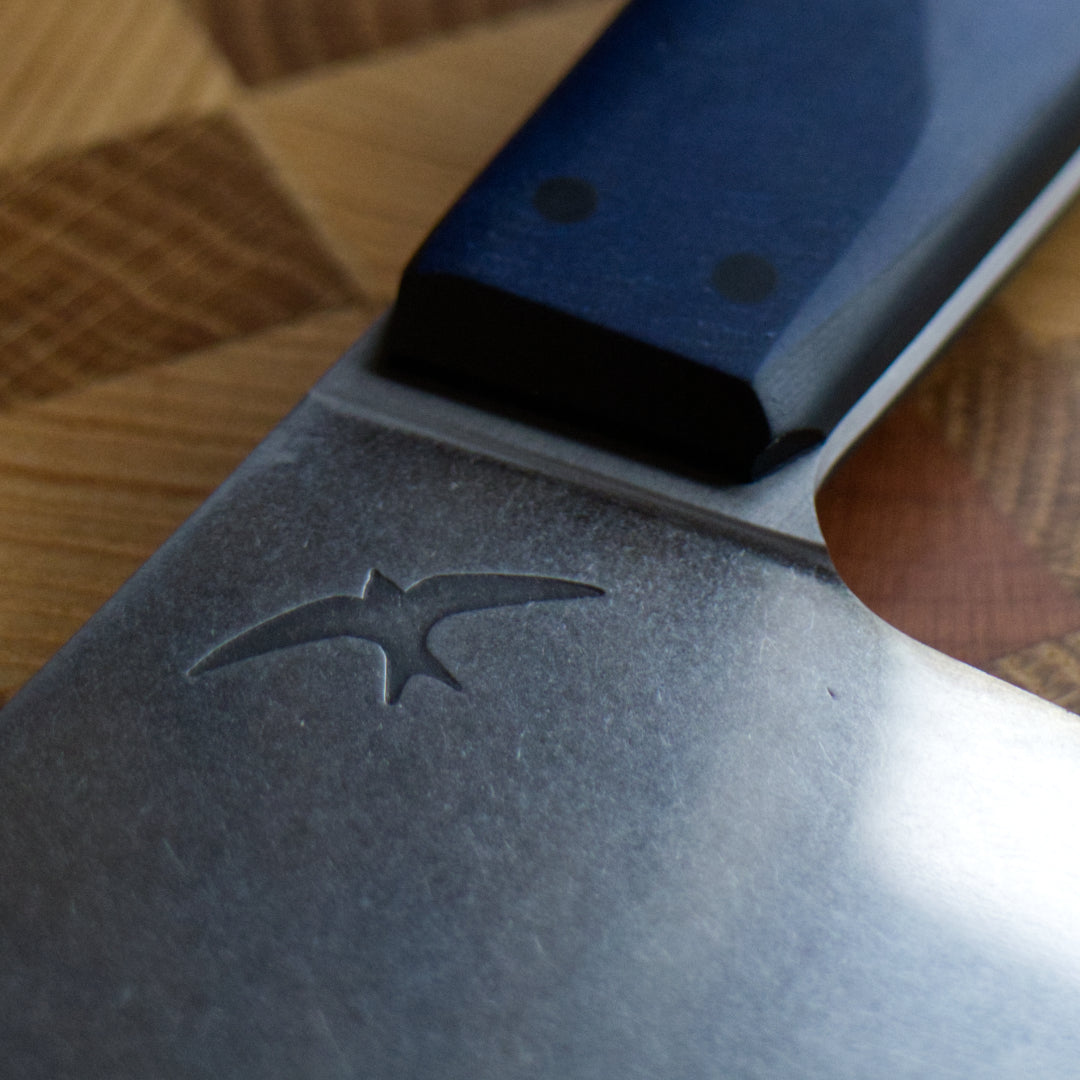
AEB-L
AEB-L steel is non-powder stainless steel manufactured by Uddeholm based in Sweden. This steel has been around since the 1960s, and it was designed initially as a razor steel blade. The steel stands out because of its high hardness, excellent corrosion resistance, ease of sharpening, and exceptional toughness.
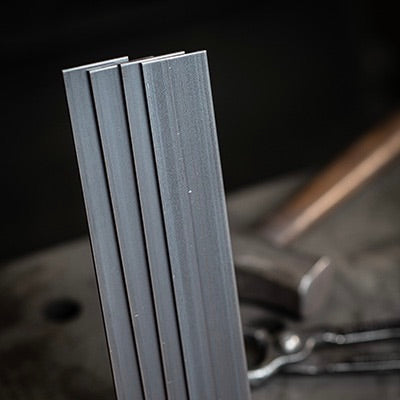
RWL34
RWL34 is a stainless steel produced by Damasteel in Sweden. It was named after influential knife maker Robert W Loveless. RWL34 is made in the world’s most modern powder metallurgy manufacturing facility ensuring an incomparable cleanliness. Powder metallurgy is a technology that was invented to allow the production of very high alloy tool steels. RWL34 is particular successful product with very high strength and toughness combined with extreme edge sharpness that is easy to maintain. It is a well balanced steel with excellent edge retention and corrosion resistance.

Magnacut
CPM MagnaCut is a stainless steel manufactured by Crucible Industries using powder metallurgy technology. Its composition was elaborated by Larrin Thomas, a doctor in metallurgy. Larrin Thomas wanted to develop a steel that could meet all the requirements of the knifemaker. Its toughness/edge retention ratio is exceptional, while incredibly resistant to corrosion. It is capable of reaching very high hardness and makes an amazing knife.
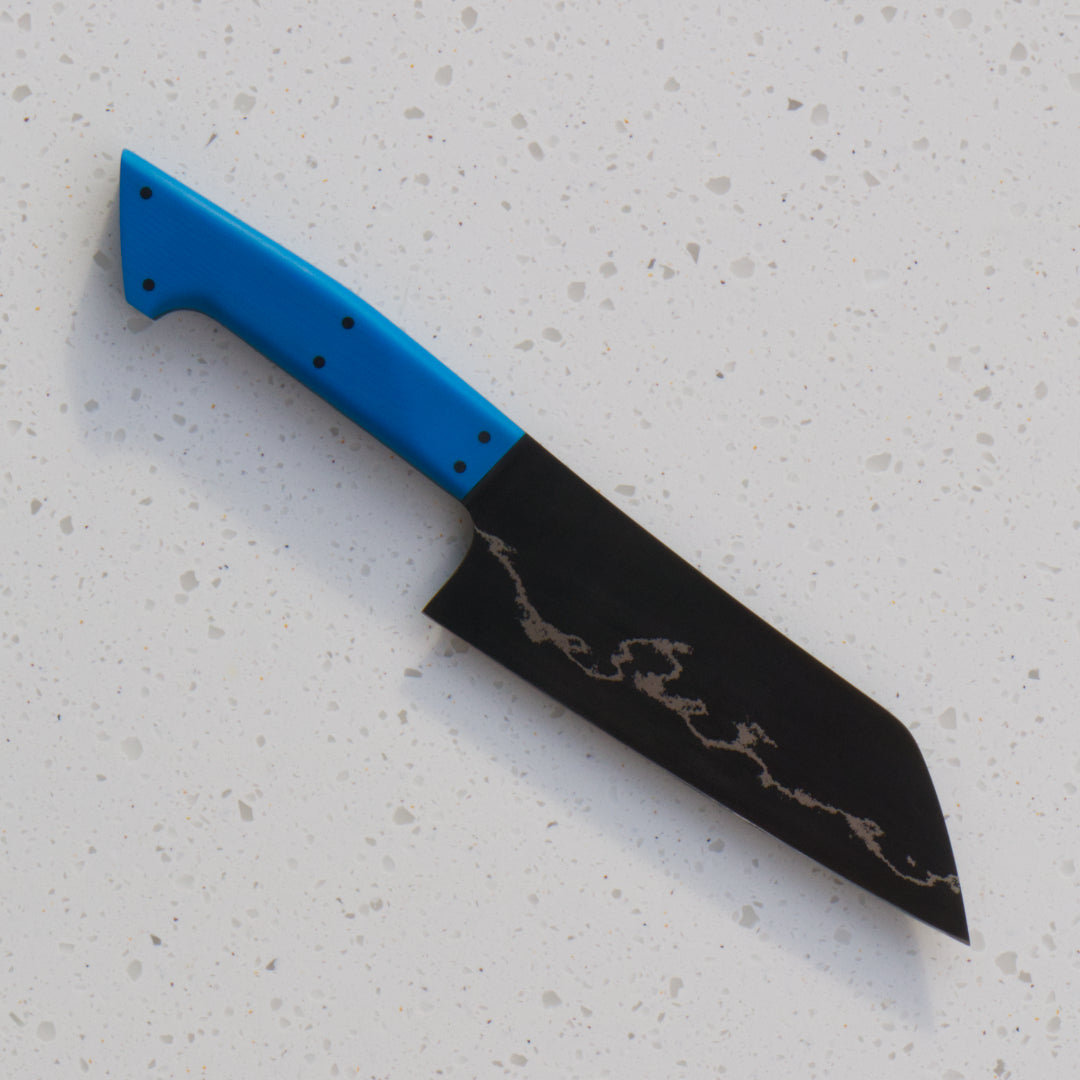
Layered Steels
To create stunning looking knives we are able to use steel that is created by forge welding layers of carbon steels and non ferrous metals together. The different visual characteristics of these metals becomes more apparent when they are etched with ferric chloride or a strong instant coffee solution.
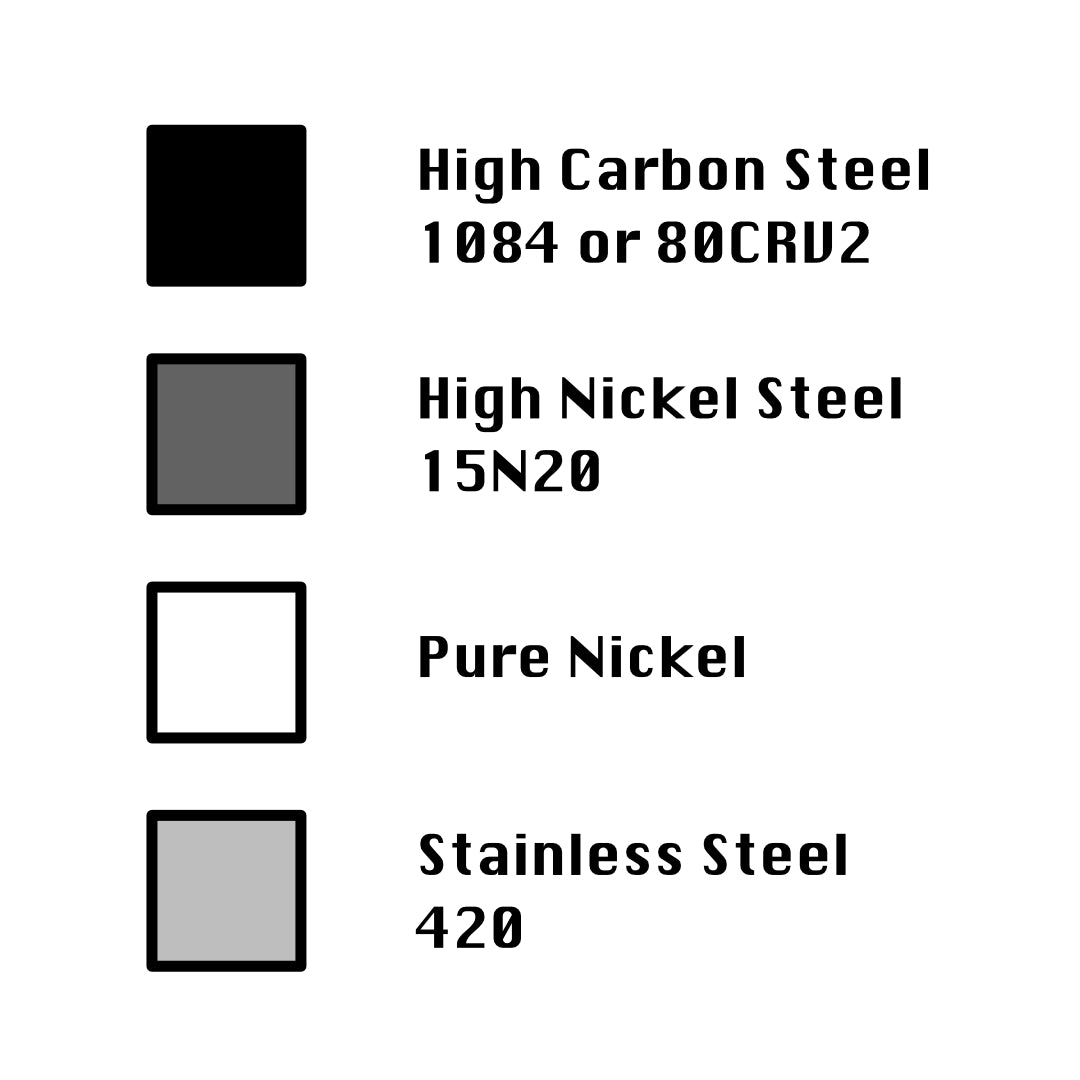
Carbon Steels
Most layered steel is created from high carbon non stainless steel. This is due to its ability to forge weld relatively easily to similar steels. Most of the layered steel I use is a combination of 1084 or 80CRV2 with 15N20. These steels contain a high percentage of carbon making them wear resistant and tough. The main downside being that they require a little more care to prevent corrosion. This is largely why I created Knife Wax to give a protective film.
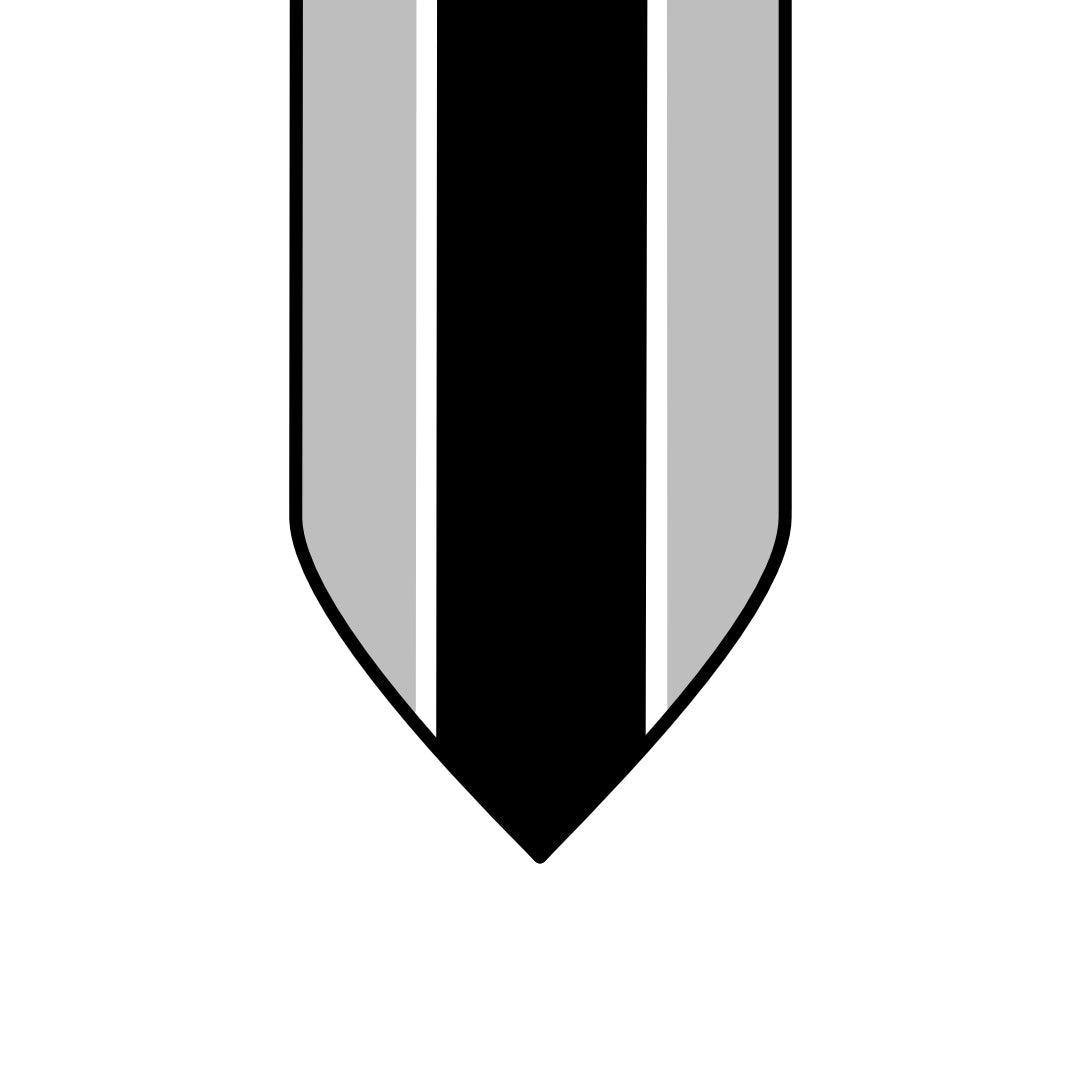
Stainless San Mai
San Mai is a Japanese technique for making blades by combining 3 layers of steel. This allows for combining different steel properties for different parts of the blade. The central layer is usually a high wear resistance steel and the outer layers can be a steel chosen for its aesthetic, ductility or other desired properties. Stainless San Mai is an excellent example of this by using a high carbon steel for the central cutting edge and a simple stainless for the outer layer making it easy to sharpen, hold a great edge, while adding corrosion resistant. The pure nickel layers prevent carbon migration between the steels as well as an aesthetic accent.
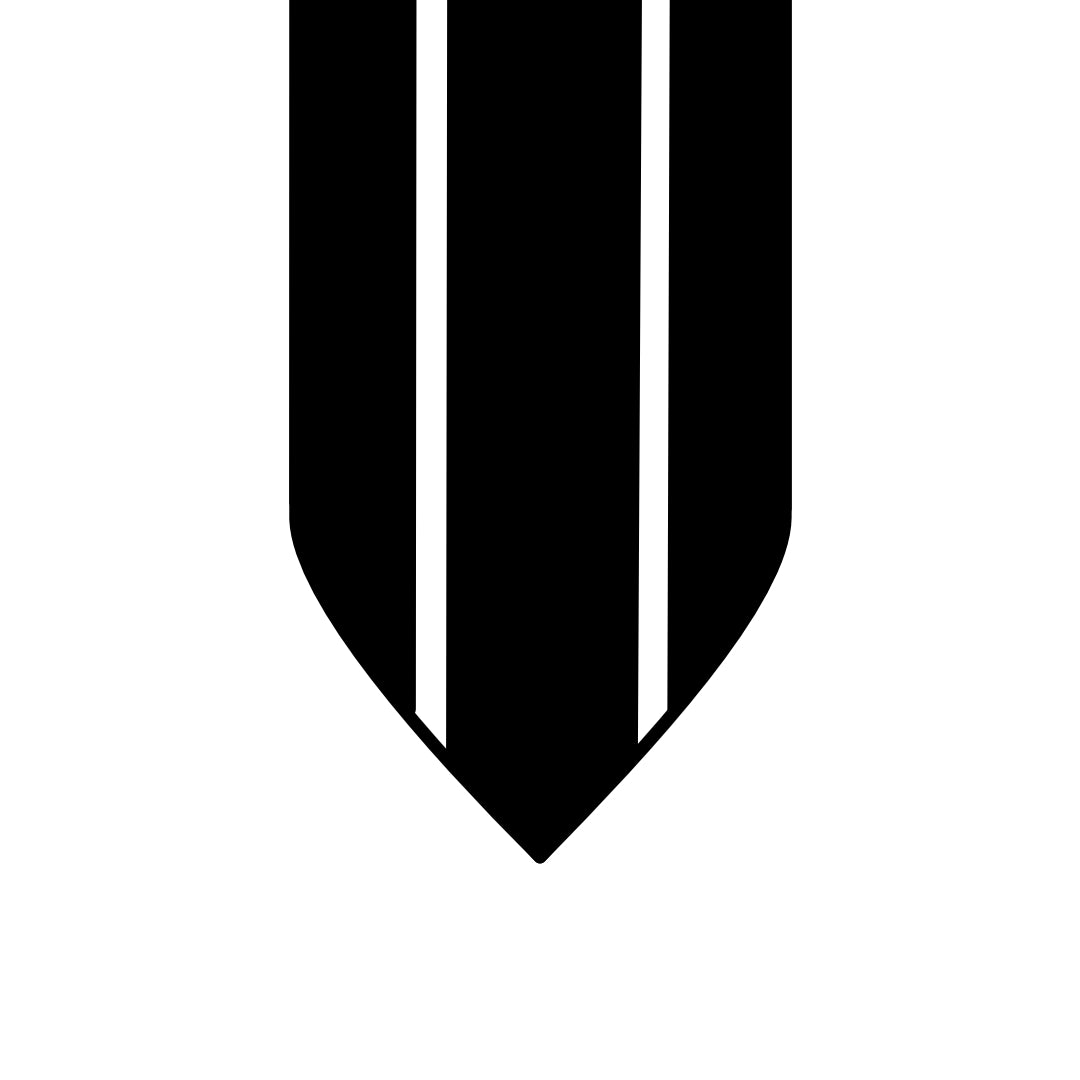
Dark Mai
Dark Mai is a type of San Mai created by using 3 layers of high carbon steel with 2 thin layers of pure nickel separating the layers. When coffee etched the high carbon steel darkens while the nickel remains bright silver in appearance. Due to the smaller cross section of the nickel it shows up as a line running along the length of the blade.
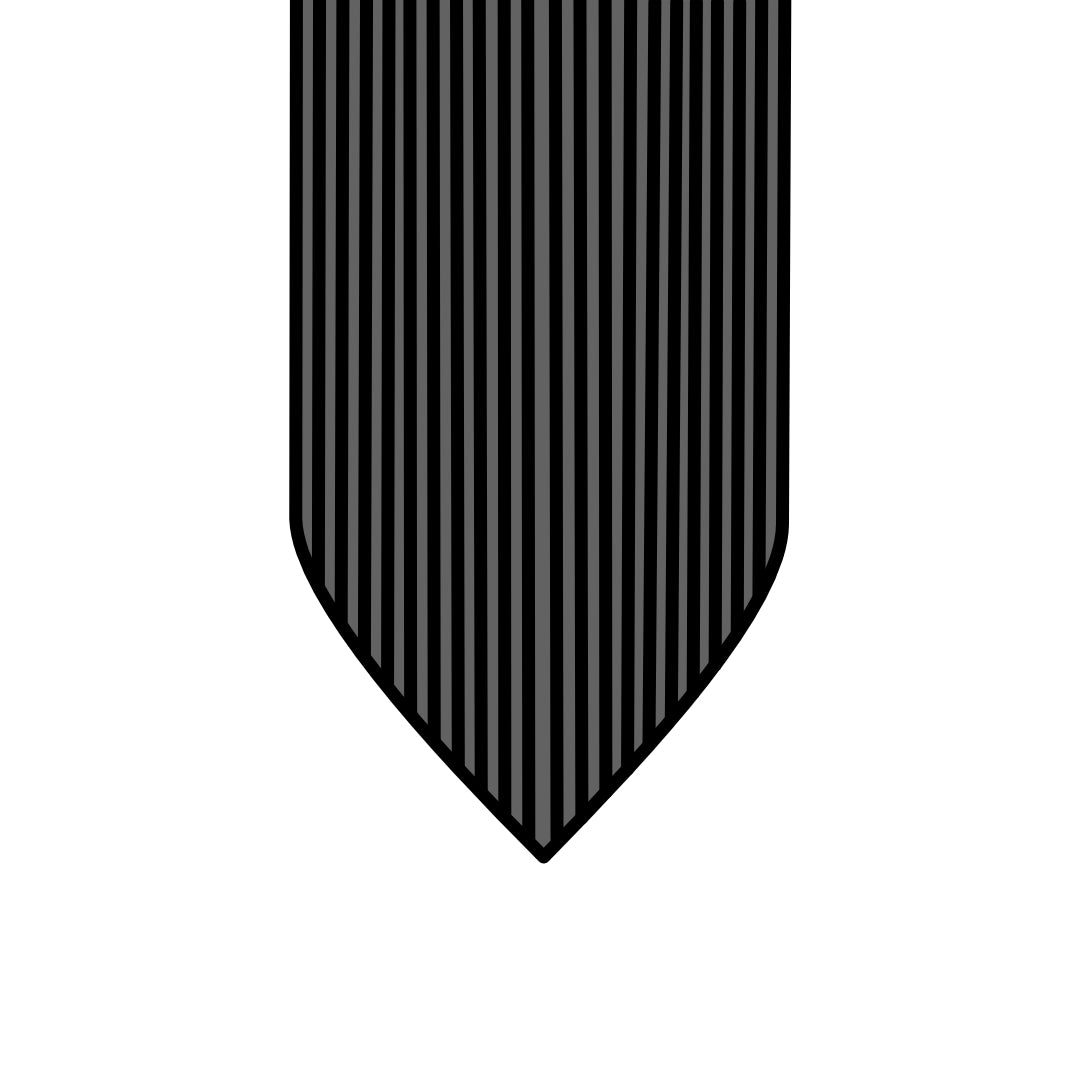
'Damascus" Pattern Welded Steel
Pattern welded steels are usually created by combining high carbon & high nickel steels in layers. These steels are chosen for their similar properties, meaning they wear at similar rates along the cutting edge. The steel is etched using ferric chloride or a high strength instant coffee mix showing the contrast between the steels producing a wood grain effect. This is commonly known as "damascus steel". The patterns can be distorted by twisting, cutting into the pattern and many other techniques to create an array of effects.
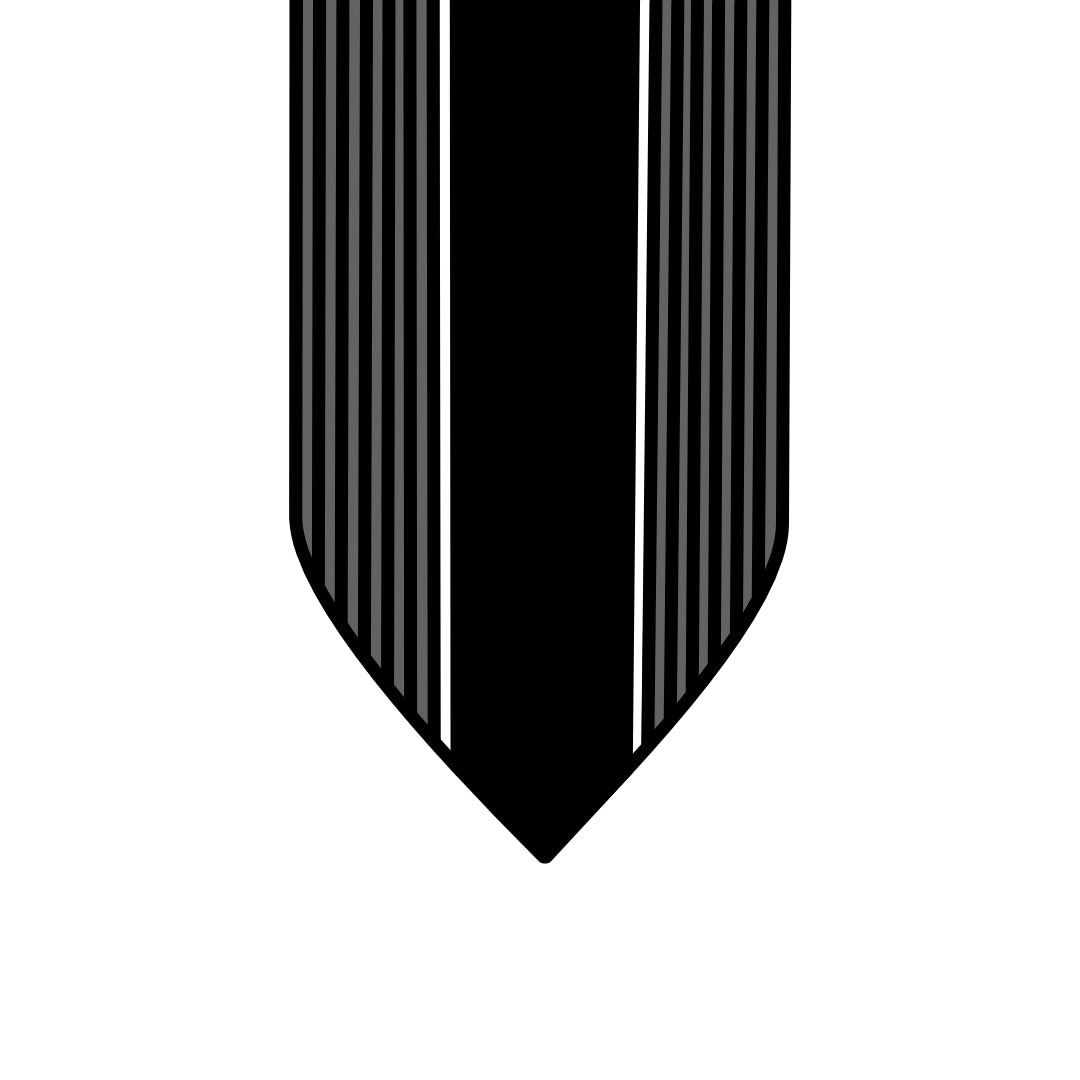
Damascus San Mai
Damascus San Mai is made by combining a high carbon core steel sanwiched between Damascus outer layers, separated by nickel shims. When etched with coffee this creates a visually stunning effect to a high strength and wear resistant knife. This technique creates some of the most visually striking blades.
